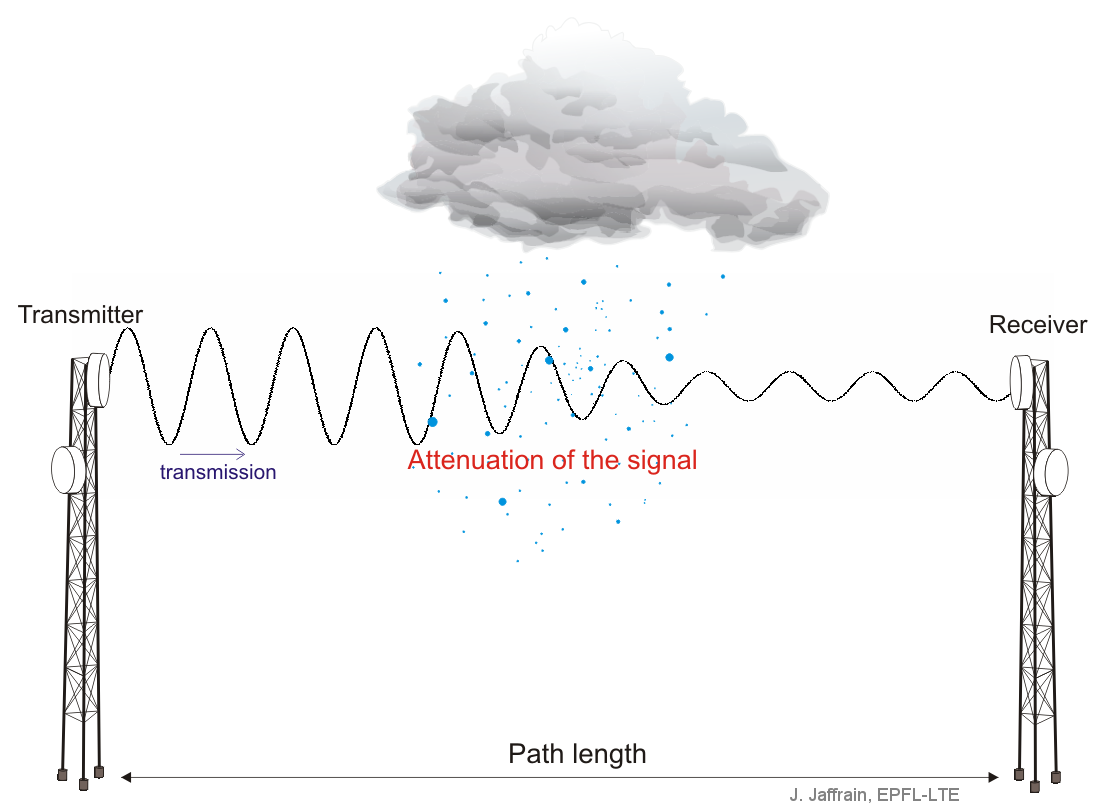Using cell phone signals to measure rainfall

Mobile telephone relay antennas can be used for measuring rainfall, according to an innovative idea from EPFL’s Environmental Remote Sensing Laboratory (LTE) and EAWAG, the Swiss Federal Institute of Aquatic Science and Technology.
Professor Alexis Berne, with Marc Scheiss et Blandine Bianchi (both doctoral students) are working to improve the measurement of rainfall, using data collected by the microwave links used in mobile phone networks. This approach may potentially improve the accuracy of rainfall estimates by providing a new source of information that complements the more traditional means of observation such as rain gauge and weather radar. It also has the advantage of being inexpensive, as it uses existing infrastructures.
Microwave links enable the exchange of information between two points, a few kilometers apart, using an electromagnetic signal. When a very high frequency wave (of the order of 10 GHz or more) passes through the rain, the intensity of the signal is reduced (and can sometimes be completely lost).
The wave, when passing through a raindrop, is partially absorbed and scattered. The analysis of the combined phenomena of absorption and scattering along the path of a microwave link can provide precise information about the nature of the rainfall, and can even enable the estimation of the size and number of raindrops.
Such information is crucial to improving the quality of the rainfall estimations and forecasts obtained from radar data used in producing traditional weather maps. In particular, networks of telecommunication microwave links are very dense in urban areas, and thus make it possible to access rainfall measurements with a high space-and-time resolution. This is a critical point, for example, in optimizing the management of the sewage systems when it rains.
Encouraging results have already been obtained, thanks to collaborations with Bouygues Telecom and Météo France on the one hand, and Orange Switzerland on the other. The next step is to start a field experiment in Dübendorf in March that will include one microwave link (with a frequency of 38 GHz and a length of 1.7 km) and 5 disdrometers (instruments that measure the number and size of raindrops) located on the ground all along the path. The data gathered will allow, among other things, the evaluation of the quality of the algorithms developed at LTE and at EAWAG for the filtering of the raw signal and the estimation of the raindrop size distribution. This testing phase will last between six months and one year.